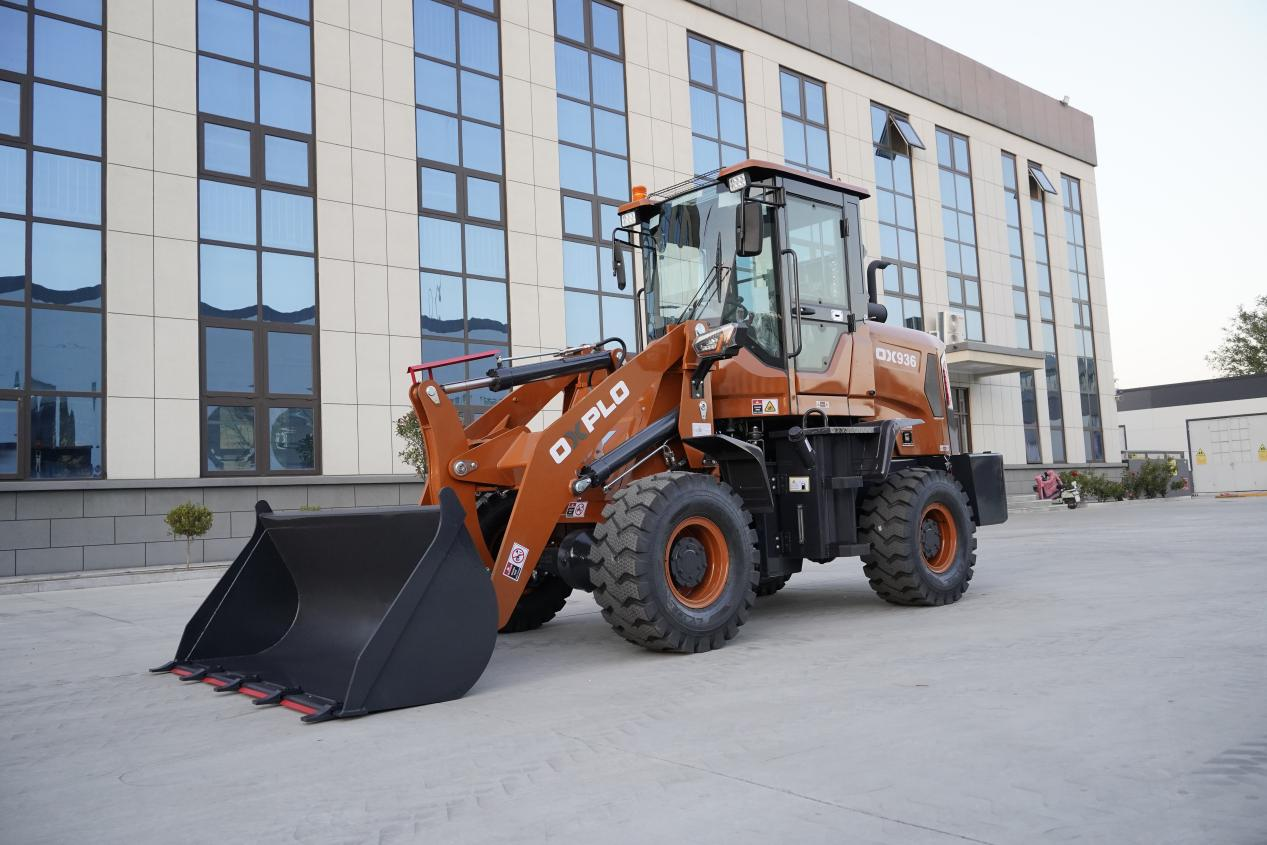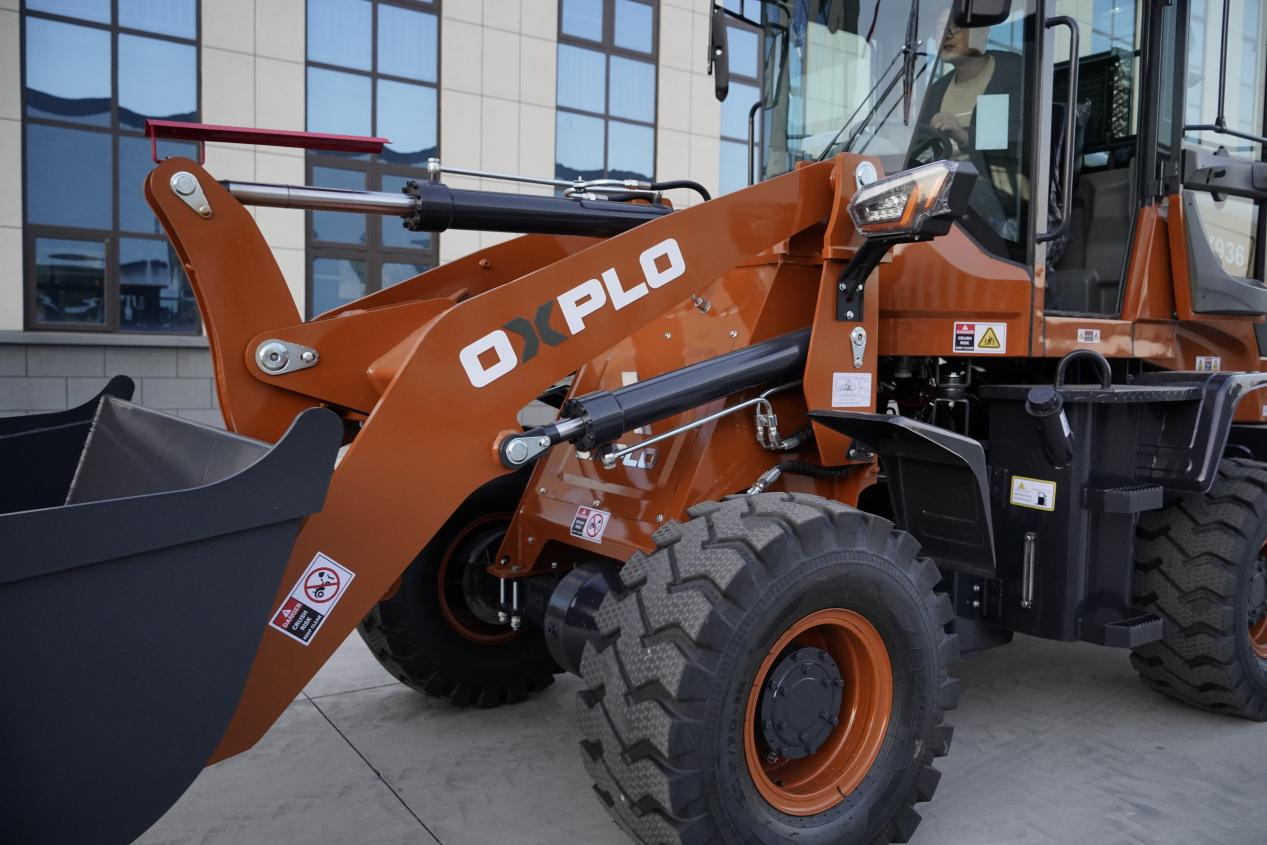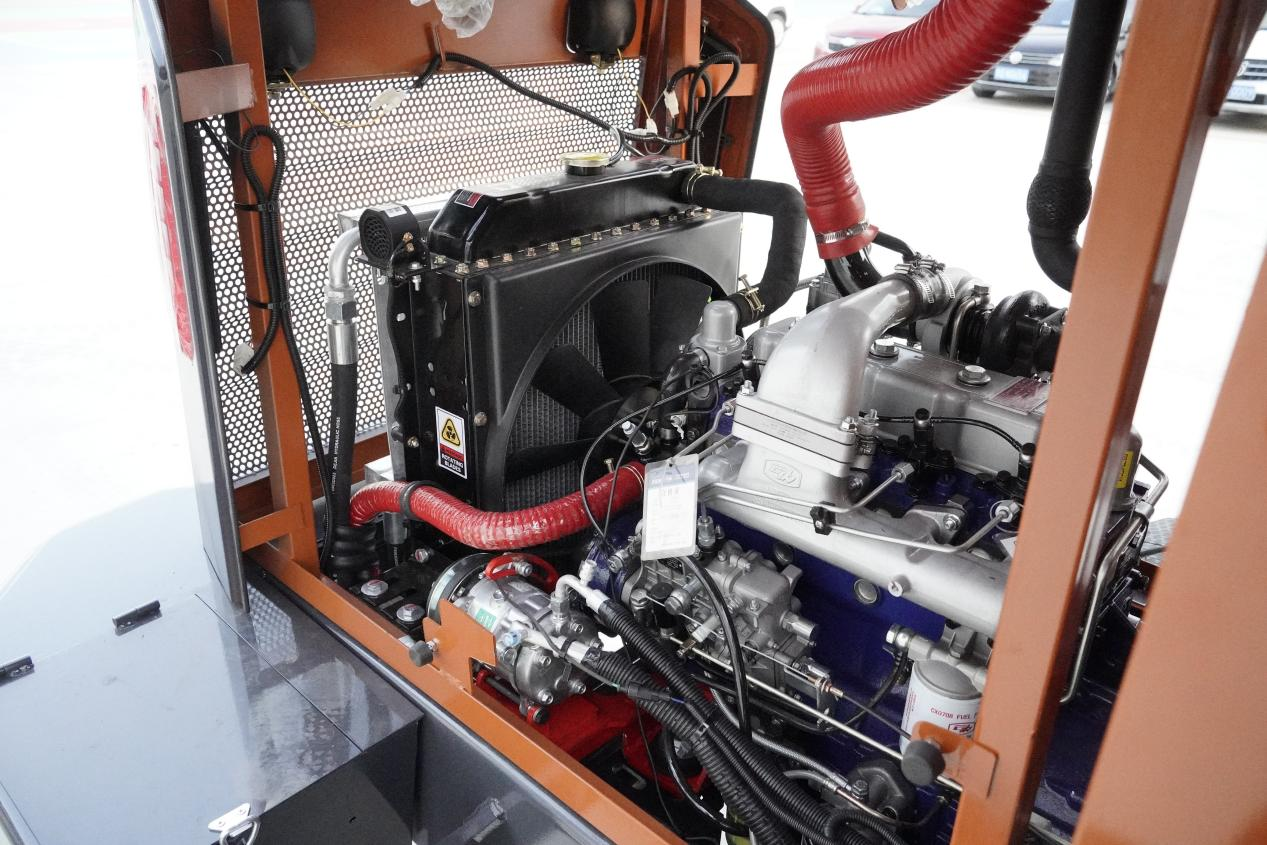The harm of the loader's operation and use errors
2024-01-26
In the field of engineering and construction, Chinese-made wheel loaders, as an important construction machinery, are widely used in material handling and earthmoving works, however, although the function and efficiency of loaders are impressive, in actual operation, we often overlook some key use errors. These errors may not only lead to equipment failure and performance degradation, but also increase the risk of operational safety. Therefore, it is important to understand and avoid these common loader use errors.

1. Slam the throttle as soon as it starts
When the wheel loader engine just starts, the body temperature is low, the oil viscosity is large, and the fluidity is poor, and the oil can not flow freely to the lubrication points in a short time. If you blast the throttle at this time, it will cause the engine speed to rise instantaneously, although the oil supply and pressure of the oil pump will also increase, but can not meet the requirements of each moving pair on the amount of lubricating oil and oil pressure, the moving pair can not establish a good lubricating oil film, resulting in instant dry friction, resulting in severe wear. Each motion pair is poorly lubricated, and the running resistance will increase. If the throttle is slammed, the piston, connecting rod and crankshaft will have a violent impact and accelerate the damage of the machine parts. In addition, for diesel engines equipped with turbochargers, it is easy to destroy the oil seal due to poor lubrication, resulting in turbocharger failure and reducing the diesel engine power. Therefore, after the loader starts, it should run smoothly at low speed (about 500 ~ 700 r/min), and it is strictly prohibited to blast the throttle.

2. Add cooling water directly during operation
Insufficient cooling water of wheel loader will lead to overheating of diesel engine. Diesel engine under the high temperature state directly add cooling water, the whole cooling system will instantly produce a large temperature difference, so that the cylinder head, cylinder liner, cylinder block and other instant brittle, micro cracks, gradually leakage of cooling water, resulting in oil leakage, gas leakage. Therefore, when the temperature of the diesel engine is too high, it should be operated at a slightly higher speed without load, when the water temperature drops to about 50 ° C, then turn off the fire, loosen the radiator cover, discharge water vapor, and slowly inject cooling water.

3. Stop with load or immediately after operation
When the wheel loader stops with load or stops immediately after operation, the cooling system stops working immediately, and the heat dissipation capacity decreases sharply. The large amount of heat generated by the work can not be distributed in time near the heat source, so that the cooling water of the heated parts such as the cylinder head, cylinder liner and cylinder block can be boiled, and the parts can be overheated and corroded at high temperature. At the same time, it will also cause the oil attached to the surface to deteriorate, causing the next start difficult. In addition, a diesel engine with a turbocharger, if suddenly shut down, will make the supercharger temperature to about 600 ° C, easy to cause seal ring damage. Therefore, the loader should remove the load before extinguishing, and run for 3 to 5 minutes without load, so that the machine temperature is reduced to below 40 ° C, and the water temperature is reduced to below 50 ° C before stopping.

4. Slam the throttle before stopping
Many drivers mistakenly believe that a few feet of the throttle before the wheel loader stops can make excess unburned diesel remain in the cylinder to facilitate the next start. In fact, this will cause incomplete combustion, black smoke, carbon accumulation; At the same time, slamming the throttle will make the inertia force of the moving parts increase suddenly and aggravate the wear of the moving pairs. Secondly, the unburned fuel will flow into the oil pan along the cylinder wall to dilute the oil and shorten the oil service cycle. Therefore, the correct operation is to stop after smooth operation at medium and low speed under no load.

5. Slide into the shovel while shifting
When the wheel loader is working, many drivers are used to rushing to the material pile with the inertia of the machine traveling at high speed while shifting, and after the natural deceleration, they then hang the gear and shovel the material. Using the driving inertia to rush to the material pile will make the whole machine suffer severe impact, and the force of each component is uneven, which will cause harm to the whole body. This will cause the bucket, boom, front frame deformation, crack; Transmission, clutch due to sudden force, torque increase, friction plate easy to slip and distortion; The transmission components are also vulnerable to damage. The correct operation is that the loader puts the gear shift lever in low speed gear before loading, drives towards the pile with the II speed, slowly inserts the pile with the I speed, and gradually increases the throttle for loading.




